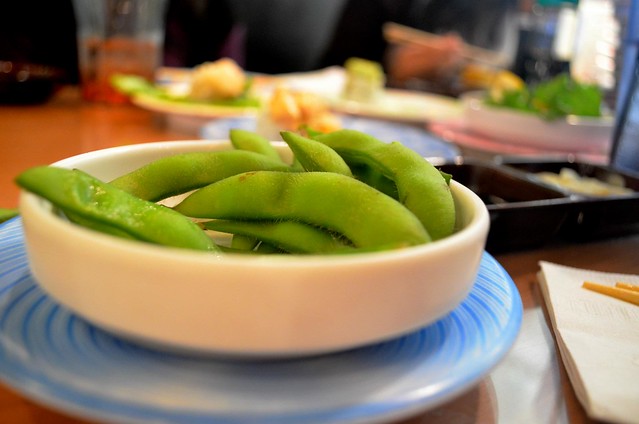You think you’re cooking healthy, but do you really know how your recipes stack up nutritionally? Find out how your tweaked recipe looks compared to the USDA’s MyPlate recommendations, and then make a few more modifications if you need to.

Make Use of MyPlate Tools
I’m a big fan of the USDA MyPlate website. It’s an amazing resource for nutrition, menu-planning, physical activity and diet tracking and even recipe analysis tools. The MyRecipe section of the SuperTracker tool is easy to operate (just enter your ingredients, the amount of the ingredient and the total number of servings) and provides you with a concise nutrient analysis of that recipe. You will see the calories per portion, the number of food group servings it provides (such as fruits, vegetables and grains) and the number of calories provided by things you may want to limit in your diet, such as empty calories, added sugars and solid fats, and sodium. You can even save the recipe to your “favorites” if you like.
Three Ways To Help Your Plate Match MyPlate
If you used the MyRecipe tool and found your recipe to be lacking, here are some ideas to help boost the healthy factor without too much trouble.
Pump up the produce in casseroles, soups and other mixed dishes by one half.
The idea here is not to increase the number of overall portions in the recipe—you simply want each portion to contain more veggies and fruit. So, if your recipe for chicken and broccoli casserole calls for 2 cups of broccoli florets, adjust that up to 3 cups. If the ham and kale soup calls for a combined 4 cups of chopped kale, onions and carrots, increase it to 6 cups combined. The majority of mixed dishes will be just fine and not require any adjustments.
Get grainy with it.
You might be surprised at how many foods come in a whole grain (or partially whole-grain) version. Train yourself to use these options whenever possible or feasible. Obviously whole-grain bread is common, but also look for whole grain pastas (even things like couscous, which is a pasta by the way, not a grain). If those are not a family fave yet, try going half-and-half with your regular pasta and gradually switch over to the whole grain version. Also, make a point to try some new whole grains in your recipes. Take a list of whole grains to the market with you, and also seek out recipes that feature whole grains in sides, soups and mixed dishes. (Hint: since many whole grains take a while to cook, make a big batch and freeze some in a convenient portion size, such as 2-3 cups).
Swap out some of the meat in the recipe for legumes.
My mother used to do this to stretch meat for cost-saving reasons (we had lots of kids at the table every night), but it’s also a wise health move. Exchanging meat for beans provides more fiber and can help keep your recipes lean. You may already sub ground chicken for ground beef in some dishes, but you can go one step further (and it’s okay if it’s just a baby step at first)— cut down the meat in your recipe and make up the difference with beans. It doesn’t matter if you prefer rinsed, drained canned beans (or low-sodium canned beans), or beans cooked from dry—all will work fine. I do this with things like soups and casseroles, but also with pasta sauce—mash kidney beans and add them if you feel the need to “disguise” their presence, chili (if you don’t use beans in your chili, give it a try; if you do, use more beans—a mixture of types is nice) and salads (frozen soybeans (edamame) are handy and are a pretty green, too).